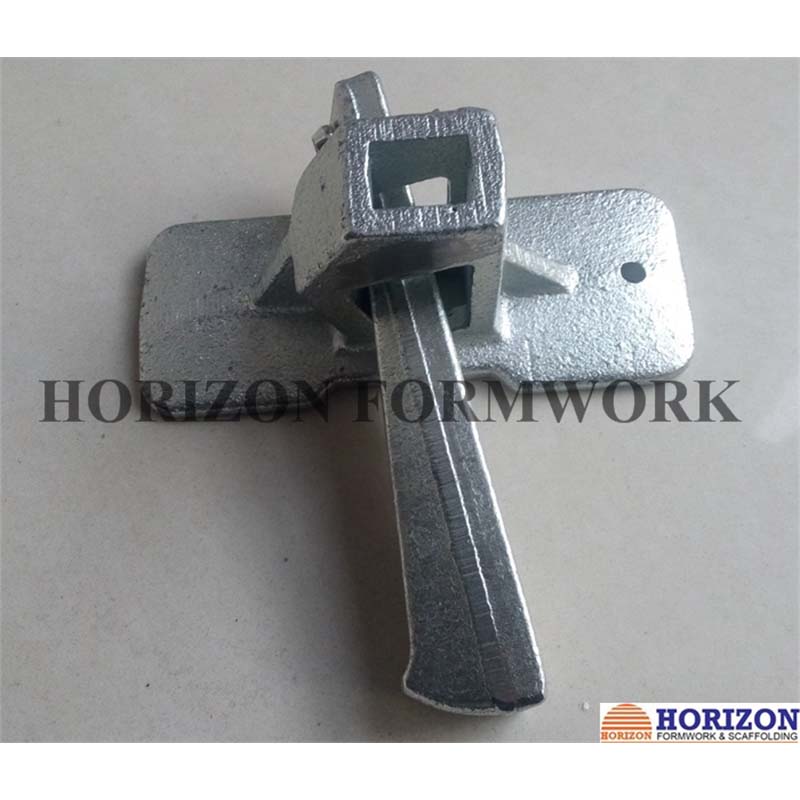ຕ.ລ. . 30, 2024 16:15 Back to list
oem removal of formwork for column
OEM Removal of Formwork for Columns Best Practices and Considerations
In the construction industry, the successful execution of reinforced concrete structures is heavily reliant on the proper installation and removal of formwork. The process is not only crucial for ensuring the integrity and finish of the concrete columns but also for optimizing workflow and resource allocation. This article delves into the OEM (Original Equipment Manufacturer) removal of formwork for columns, highlighting best practices and considerations that construction teams must keep in mind.
Formwork serves as a temporary mold that holds fresh concrete in place until it hardens sufficiently. The timing and method of formwork removal, particularly for columns, is critical. Premature removal can lead to structural defects, while prolonged retention can increase costs and project duration. Therefore, it is essential to follow a systematic approach guided by established benchmarks.
Best Practices for Removal
1. Follow Manufacturer Guidelines OEM formwork systems often come with specific recommendations regarding removal times and methods. Adhering to these guidelines ensures that the formwork is dismantled safely and effectively, reducing the risk of damaging the cured concrete.
2. Assess Concrete Strength Before removing formwork, it is vital to check the compressive strength of the concrete. This can typically be done by conducting tests on concrete samples or using non-destructive testing methods. Industry standards often dictate that forms should only be removed once the concrete reaches at least 70% of its design strength.
oem removal of formwork for column

3. Use Appropriate Tools Depending on the type of formwork system, the tools required for removal can vary significantly. Using the right equipment minimizes damage to both the formwork and the concrete. For instance, hydraulic jacks may be suitable for lifting heavy forms, while lighter, modular systems might require simple handheld tools.
4. Consider Temperature and Weather Conditions Environmental factors can affect the curing process. Hot, dry weather can accelerate curing, while cooler, humid conditions may delay it. Construction teams must be vigilant and adjust their formwork removal schedules based on current weather conditions to ensure the integrity of the columns.
5. Conduct a Visual Inspection After the formwork has been removed, a thorough inspection of the concrete columns is necessary. Look for any signs of defects such as cracking, uneven surfaces, or honeycombing, which indicate poor compaction. Early detection enables remedial actions that can prevent further structural issues.
Conclusion
The OEM removal of formwork for columns is a critical aspect of construction that affects both the quality and efficiency of a project. By adhering to best practices, such as following manufacturer guidelines, assessing concrete strength, and employing the right tools, construction teams can successfully navigate this process. Additionally, being aware of environmental conditions and conducting thorough inspections post-removal will significantly contribute to the long-term durability of concrete structures. Ultimately, careful planning and execution will enhance project outcomes and client satisfaction, making the investment in proper formwork removal practices well worthwhile.
-
High-Quality Timber Beam H20 for Slab Formwork – Reliable Exporter & Supplier
NewsJun.24,2025
-
High Quality Acrow Prop Supplier Steel Acrow Prop Factory Manufacturer
NewsJun.10,2025
-
High-Quality Circular Formwork for Columns Supplier & Exporter Solutions
NewsJun.10,2025
-
Premium Flying Table Formwork Solutions Fast & Reliable
NewsJun.10,2025
-
Heavyweight Props for Table Form Factories Strong & Durable Support
NewsJun.10,2025
-
Vertical Formwork for Walls Efficient & Customizable Building Solutions
NewsJun.09,2025